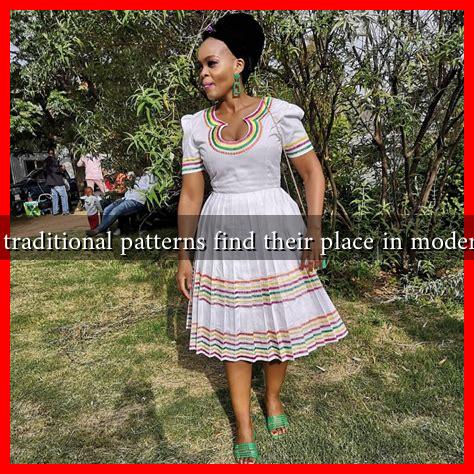-
Table of Contents
How Do Traditional Patterns Find Their Place in Modern Attire?
In an era where fashion is constantly evolving, the integration of traditional patterns into modern attire has become a significant trend. This fusion not only celebrates cultural heritage but also offers a unique aesthetic that appeals to contemporary consumers. This article explores how traditional patterns are being reimagined in modern fashion, the cultural significance behind them, and the impact on the fashion industry.
The Resurgence of Traditional Patterns
Traditional patterns, often rooted in cultural history, are experiencing a renaissance in modern fashion. Designers are increasingly drawing inspiration from indigenous textiles, historical motifs, and artisanal craftsmanship. This resurgence can be attributed to several factors:
- Cultural Appreciation: There is a growing awareness and appreciation for cultural diversity, leading to a demand for authentic and meaningful fashion.
- Consumer Demand: Modern consumers are seeking unique pieces that tell a story, moving away from mass-produced clothing.
- Sustainability: Traditional patterns often come from sustainable practices, appealing to environmentally conscious shoppers.
Examples of Traditional Patterns in Modern Fashion
Many fashion brands have successfully incorporated traditional patterns into their collections. Here are a few notable examples:
- Gucci: The luxury brand has embraced traditional motifs from various cultures, including the use of floral patterns inspired by Japanese art.
- Etro: Known for its paisley prints, Etro combines traditional Italian designs with modern silhouettes, creating a unique blend of old and new.
- Roksanda: This designer often incorporates bold colors and geometric patterns reminiscent of traditional Eastern European textiles into her contemporary designs.
The Cultural Significance of Traditional Patterns
Traditional patterns are not merely decorative; they carry deep cultural significance. Each pattern often tells a story or represents a specific cultural identity. For instance:
- Indigenous Textiles: Patterns from indigenous communities often reflect their connection to nature, spirituality, and history.
- African Prints: Kente cloth and other African textiles are rich in symbolism, with colors and patterns representing various aspects of life and culture.
- Asian Motifs: Patterns like batik from Indonesia or ikat from India are steeped in tradition and craftsmanship, often passed down through generations.
By incorporating these patterns into modern attire, designers not only pay homage to their origins but also educate consumers about their significance.
Case Studies: Successful Collaborations
Several collaborations between traditional artisans and modern fashion designers have highlighted the successful integration of traditional patterns into contemporary fashion. One notable case is:
- Chloé and the Artisans of Morocco: Chloé collaborated with Moroccan artisans to create a collection that featured traditional Berber patterns, showcasing the beauty of Moroccan craftsmanship while appealing to a global audience.
This collaboration not only provided a platform for traditional artisans but also introduced modern consumers to the rich heritage behind the patterns.
The Impact on the Fashion Industry
The integration of traditional patterns into modern attire has significant implications for the fashion industry:
- Revitalization of Artisanal Crafts: There is a renewed interest in artisanal crafts, leading to the preservation of traditional techniques.
- Market Expansion: Brands that embrace traditional patterns often attract a diverse customer base, expanding their market reach.
- Ethical Fashion Movement: The focus on traditional patterns aligns with the ethical fashion movement, promoting fair trade and sustainable practices.
Conclusion
The fusion of traditional patterns with modern attire is a testament to the evolving nature of fashion. As designers continue to draw inspiration from cultural heritage, they not only create unique and meaningful pieces but also contribute to the preservation of traditional crafts. This trend reflects a broader societal shift towards cultural appreciation, sustainability, and ethical fashion. By embracing traditional patterns, the fashion industry can celebrate diversity while offering consumers a deeper connection to the garments they wear.
For more insights on the intersection of culture and fashion, you can explore resources like Vogue and Business of Fashion.

